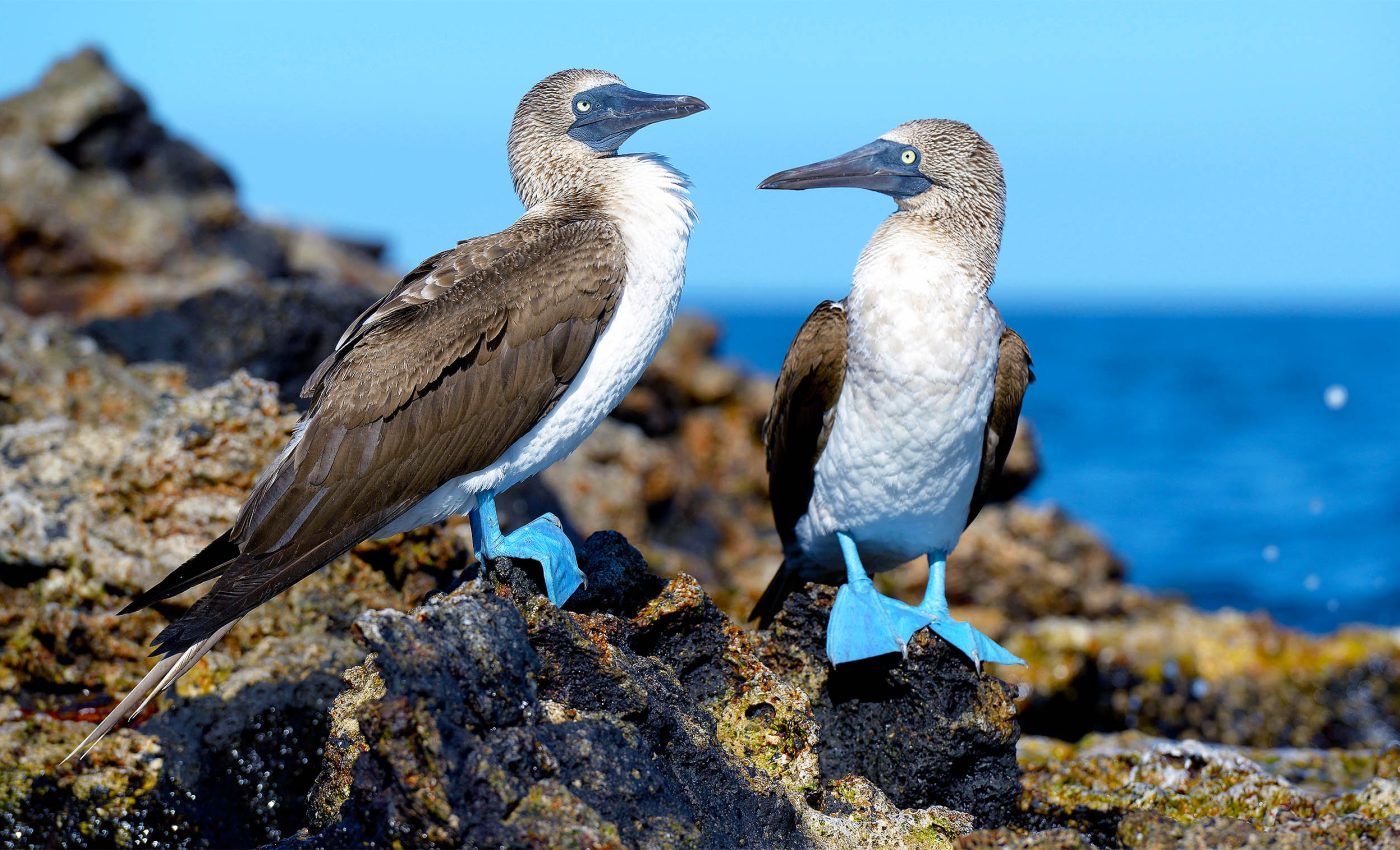
'Evolvability' of a species can be predicted over long periods of time
The concept of evolution and evolvability has long intrigued scientists since Charles Darwin introduced his revolutionary idea that species evolve over time.
However, the question remains: can the principles of microevolution, which describes evolutionary changes within a species over a few generations, apply to macroevolution, the broader evolutionary changes that occur over thousands to millions of generations?
A recent study published in the journal Science addresses this question by exploring evolvability, which is the ability of populations to adapt and evolve over short periods — and its implications for understanding evolutionary processes over extended timescales.
Evolvability bridges the micro/macro gap
Researchers have compiled extensive data from both current species and fossil records to analyze evolvability.
They looked at various traits such as bird beak size, the number of offspring, and plant flower size, and measured these traits’ evolvability by examining how they diverge among populations and species over periods up to one million years.
The study reveals that populations with high evolvability can rapidly evolve in response to their environments, leading to significant differences in traits over short durations.
This short-term evolution, surprisingly, does not accumulate linearly over time. Instead, the long-term diversity between species depends more on their short-term evolutionary capabilities.
Fossils and evolvability
The research also delved into fossil records, analyzing morphological traits across 150 different lineages over time spans ranging from a decade to 7.6 million years.
Traits that exhibited higher evolvability showed greater divergence in both current populations and across successive fossil samples, suggesting a strong link between evolvability and trait variability over time.
Conversely, traits with lower evolvability showed minimal changes, highlighting the importance of genetic variation in evolution.
Role of environment in evolutionary changes
Christophe Pélabon, a professor at NTNU’s Department of Biology and senior author of the paper, emphasizes that environmental factors are crucial in driving evolutionary changes.
Fluctuating conditions such as temperature and food availability cause populations to adapt continually.
Traits that are highly evolvable respond quickly to these changes, showing significant fluctuations and divergence.
This responsiveness to environmental fluctuations means that populations separated geographically, and thus experiencing different environmental changes, will show variations in trait values based on their evolvability.
Implications for biodiversity
The findings suggest that historically, environmental conditions and selection pressures have been relatively stable.
However, with the current pace of climate change, environments are shifting more rapidly and in a more unidirectional manner than in the past.
This shift could profoundly impact how species adapt to new environmental optima, potentially affecting biodiversity even over short timescales.
By linking microevolutionary processes with macroevolutionary outcomes, this research provides a deeper understanding of how species have evolved over millennia and how they might continue to adapt in a rapidly changing world.
The implications of this study are crucial for predicting future biodiversity patterns and preparing for the environmental challenges of tomorrow.
Additional benefits of evolvability
Evolvability extends beyond the findings of this recent research. It impacts species in several beneficial ways.
On a microevolutionary scale, evolvability enhances a species’ ability to respond to environmental changes rapidly. This rapid adaptation is crucial for survival in dynamic ecosystems.
For instance, insects developing resistance to pesticides or bacteria evolving antibiotic resistance showcase how evolvability allows species to thrive despite human interventions.
In a broader macroevolutionary context, evolvability contributes to the emergence of new species. High evolvability facilitates significant trait divergence over extended periods, leading to the creation of distinct species.
Evolvability and speciation
This process, known as speciation, increases biodiversity and enables ecosystems to become more resilient. Diverse ecosystems can better withstand environmental changes and disturbances, ensuring long-term stability and productivity.
Moreover, evolvability can drive innovation in biological functions. For example, the evolution of complex traits such as the vertebrate eye or bird flight required high evolvability.
These innovations provide competitive advantages and open up new ecological niches, further promoting species diversification.
Overall, evolvability is a fundamental driver of evolutionary success. It equips species with the tools to navigate and adapt to ever-changing environments, fostering resilience, diversity, and long-term survival across the tree of life.
The full study was published in the journal Science.
—–
Like what you read? Subscribe to our newsletter for engaging articles, exclusive content, and the latest updates.
Check us out on EarthSnap, a free app brought to you by Eric Ralls and Earth.com.
—–













